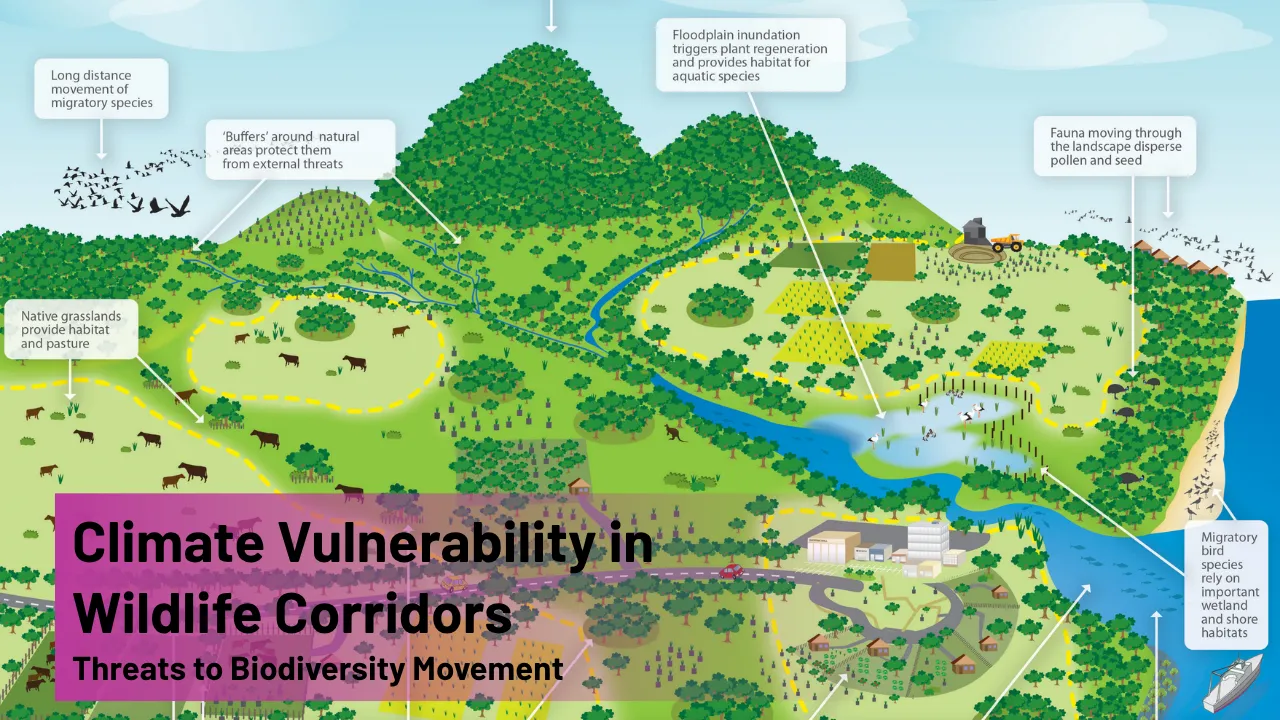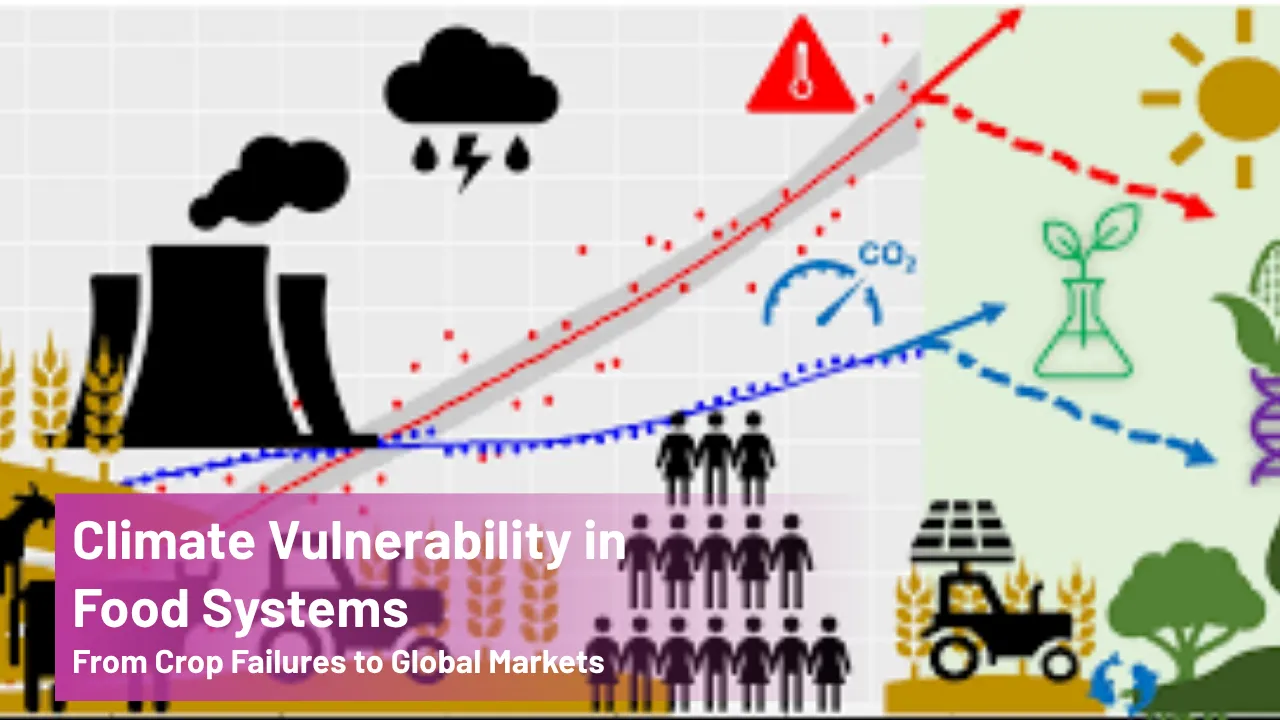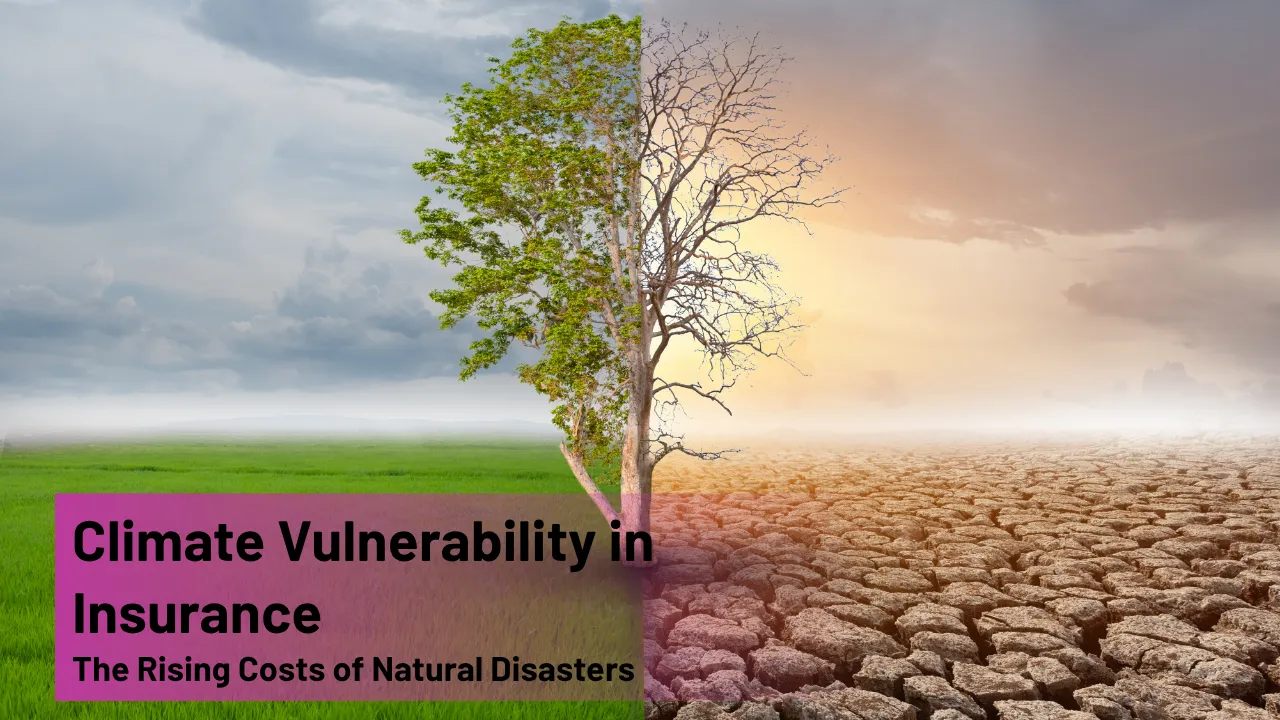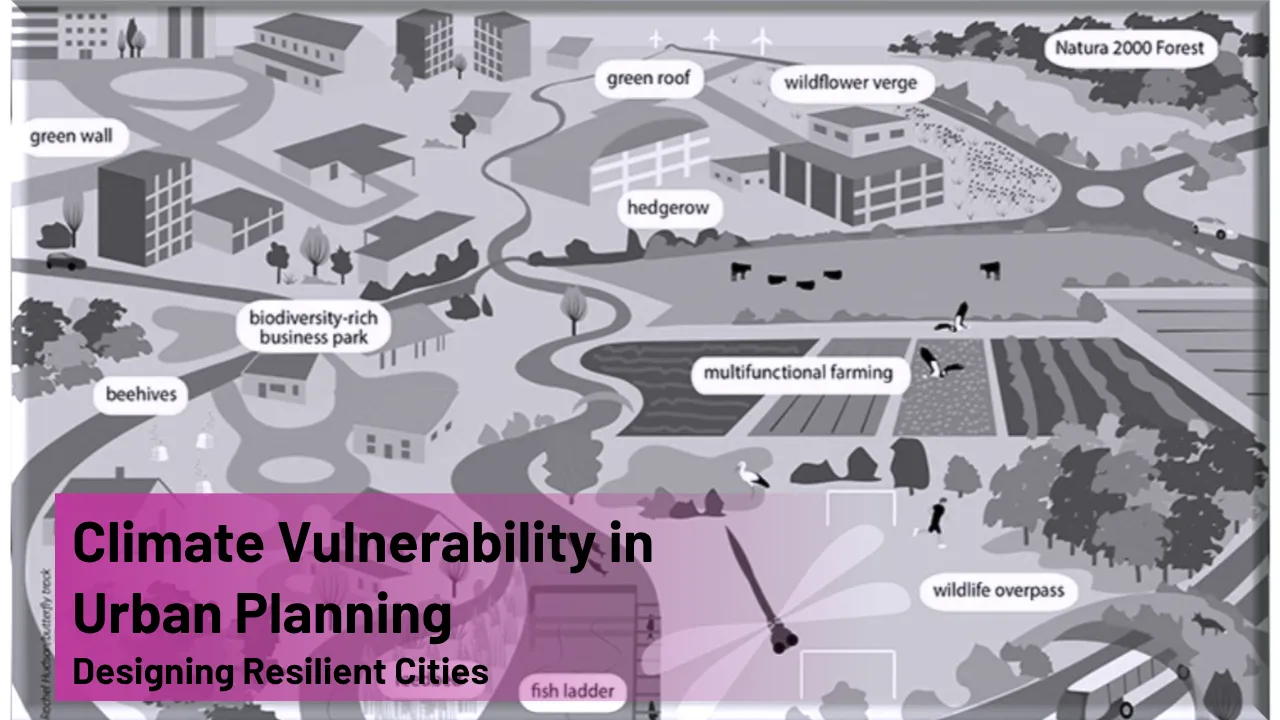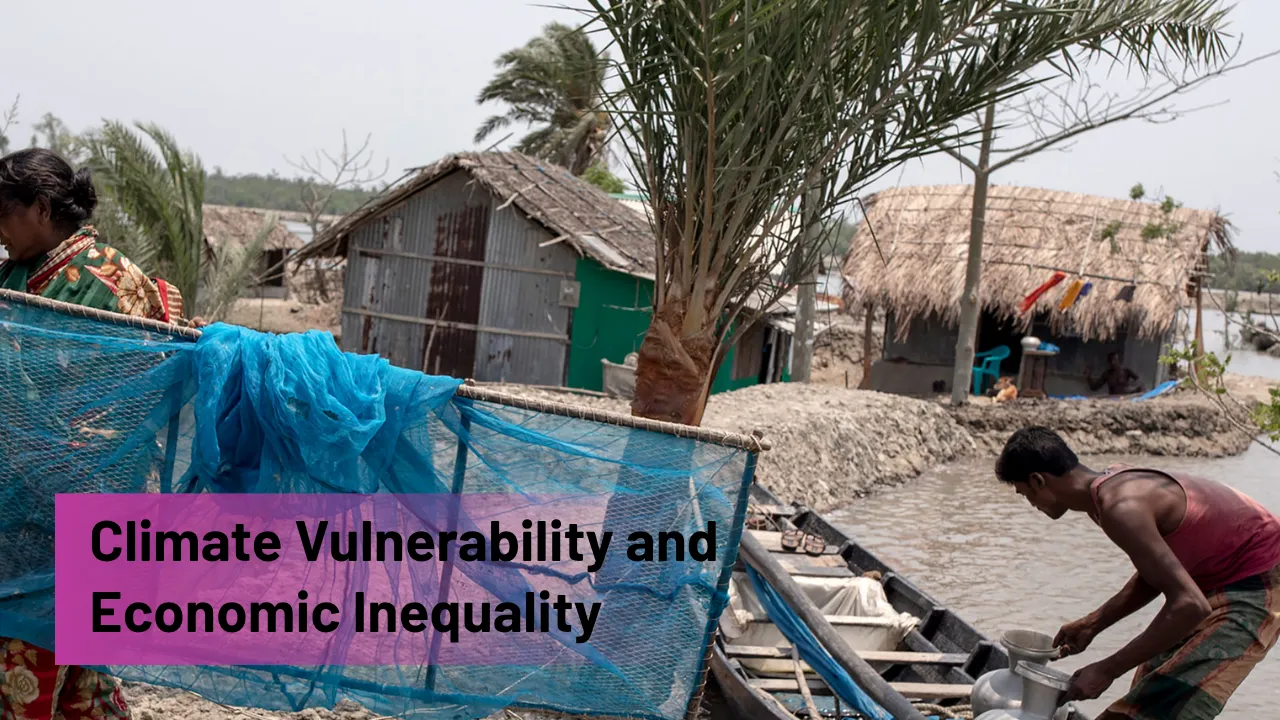Climate Vulnerability in Wildlife Corridors: Climate Vulnerability in Wildlife Corridors has become one of the most pressing environmental issues of our time. As the climate crisis accelerates, the delicate balance that allows animals to move across landscapes safely is beginning to unravel. Wildlife corridors, once reliable lifelines for species on the move, are increasingly disrupted by rising temperatures, extreme weather, and rapid land development. These ecological pathways are no longer guaranteed sanctuaries—they’re becoming climate traps.
This article takes a deep look into how climate change is transforming these once-stable migration routes into unpredictable and often unusable spaces. It investigates the causes and consequences of disruption, emphasizes the crucial role of biodiversity corridors in global ecosystems, and presents actionable solutions for conservation. We’ll examine real threats on the ground, such as habitat fragmentation and changing seasonal patterns, and explore how future-proofing these corridors is essential to preserving biodiversity.
Climate Vulnerability in Wildlife Corridors
The term climate vulnerability in wildlife corridors describes the growing risk that climate change poses to the natural passages animals use to survive. These corridors, essential for species migration, genetic exchange, and ecosystem resilience, are facing increased stress. As temperatures rise and ecosystems shift, many species find their traditional routes unusable or dangerously exposed. This vulnerability is not just a biological problem—it’s a signal of systemic environmental breakdown. Understanding how to adapt and reinforce these corridors is key to protecting global biodiversity in a warming world.
Overview of Key Topics
| Section | Details |
| Importance of Corridors | Explains how corridors function and their role in species survival |
| Climate Change Effects | Highlights the specific climate-driven challenges facing corridors |
| Human Pressures | Details how land use and development worsen vulnerability |
| Biodiversity Impacts | Describes how species movement and survival are affected |
| Threat Summary | Lists primary environmental dangers to corridors |
| Solutions | Offers approaches to protect and adapt corridors for future conditions |
| Policy Needs | Advocates for global and local action in conservation policy |
Why Wildlife Corridors Are Important
Wildlife corridors serve as natural highways, allowing animals to move safely between different habitats. This movement is crucial for several reasons: it prevents inbreeding by allowing gene flow between populations, supports seasonal migrations, and enables species to respond to food shortages or environmental changes. Without these corridors, ecosystems become fragmented, and isolated populations often face extinction over time.
In areas where habitats are already shrinking due to human development, these corridors can mean the difference between survival and collapse. By enabling wildlife to navigate landscapes, they help preserve ecological processes such as pollination, seed dispersal, and predator-prey dynamics. Corridors also make it possible for species to shift their ranges in response to changing climates, a survival strategy that’s becoming increasingly vital.
How Climate Change Increases Corridor Vulnerability
The influence of climate change on wildlife corridors is subtle but devastating. As global temperatures rise, the habitats that corridors connect are also changing—some drying up, others moving to higher elevations or disappearing altogether. What was once a viable route may become a dead-end if the animals can no longer survive in either habitat due to heat stress, altered vegetation, or lack of water.
Another issue is the unpredictability of extreme weather events. Floods can wash out lowland corridors, while wildfires can turn forest routes into barren land. These rapid disruptions break the continuity of movement and can isolate animal populations. Climate change doesn’t just affect the ends of these corridors—it reshapes the journey itself, creating a moving target for conservationists trying to maintain viable wildlife routes.
Human Activities Adding Pressure
While climate change sets the stage for corridor vulnerability, human actions often push them over the edge. Infrastructure development—highways, rail lines, fences, and urban sprawl—frequently slices through natural habitats. When these barriers fragment corridors, animals are forced into unfamiliar or dangerous territory, often crossing roads or venturing into populated areas where conflict is more likely.
Agricultural expansion compounds the problem by clearing forests and grasslands, reducing habitat quality and increasing edge effects like noise, pollution, and light disturbance. Even seemingly minor activities such as recreational land use or off-road vehicles can disrupt sensitive corridors. These pressures, when layered on top of climate-related stress, significantly reduce the effectiveness and safety of wildlife corridors.
Impact on Biodiversity Movement
As climate vulnerability in wildlife corridors increases, so does the threat to biodiversity. Corridors are not just about physical space; they’re about time and adaptability. Species evolve and adapt based on the availability of resources and the ability to move. When corridors are broken, migration routes are lost, and with them, many opportunities for survival.
Large mammals like elephants, predators like tigers, and even small creatures like frogs or pollinating insects rely on continuous movement to access food, mates, and nesting grounds. When that movement is blocked or becomes dangerous due to climate stress or human development, populations decline. In some cases, entire species disappear from regions where they once thrived. The loss of biodiversity has ripple effects, damaging ecosystems and threatening services that humans rely on, from water purification to agriculture.
Key Threats to Wildlife Corridors:
- Temperature Rise and Habitat Shifts: Climate change pushes ecosystems to new locations. Corridors may no longer connect viable habitats, leaving species stranded.
- Wildfires and Floods: More frequent natural disasters destroy habitat, eliminate shelter, and block migration paths for months or even years.
Solutions to Protect Wildlife Corridors
Protecting wildlife corridors requires forward-thinking conservation strategies. One of the most effective approaches is climate-resilient corridor planning. This involves identifying not just current habitat connections, but predicting where habitats will shift as temperatures rise. With this knowledge, conservationists can create buffer zones and flexible corridor networks that remain useful even as ecosystems evolve.
Other strategies include rewilding degraded landscapes, restoring native vegetation, and constructing wildlife overpasses and underpasses to help animals cross human infrastructure safely. Land-use policies should prioritize connectivity by encouraging landowners and communities to protect or restore parts of these corridors. Technological tools like satellite monitoring and GPS tracking of species can also aid in adaptive corridor management.
Policy and Global Actions
Government support is vital in addressing climate vulnerability in wildlife corridors. Policies must integrate wildlife connectivity into land-use planning, agriculture, and transportation systems. National and regional governments should enforce habitat conservation laws and fund green infrastructure projects that help wildlife move safely through human landscapes.
Globally, wildlife corridors should be a bigger part of international climate adaptation and biodiversity agreements. Cross-border cooperation is essential, especially where migratory species pass through multiple countries. Examples such as the Yellowstone to Yukon Conservation Initiative and India’s elephant corridors show that collaborative, long-term strategies can work when supported by law, science, and community will.
FAQs
What is the main cause of wildlife corridor disruption?
While several factors play a role, climate change and habitat fragmentation caused by human activity are the leading causes of corridor breakdown.
Can wildlife adapt without corridors?
Some species might adapt, but many depend on corridors for survival, especially in changing climates. Without them, extinction risks increase sharply.
How can communities help protect corridors?
Communities can support reforestation, avoid habitat encroachment, and advocate for wildlife-friendly infrastructure in their regions.
Are there success stories in corridor conservation?
Yes. The Yellowstone to Yukon corridor and parts of Costa Rica’s biological corridors have proven successful in supporting wildlife movement.
Why are corridors essential in climate adaptation?
They allow species to relocate naturally as their environments change, maintaining biodiversity and ecosystem stability in the face of climate stress.
Conclusion
The future of biodiversity hinges on our ability to understand and address climate vulnerability in wildlife corridors. These critical lifelines, once dependable routes for survival, are under threat from a perfect storm of climate stress and human encroachment. Protecting and adapting them is not only a conservation priority—it’s an environmental necessity.
We must act decisively to map climate-safe corridors, implement wildlife-friendly infrastructure, and push for global cooperation. Doing so will ensure that nature continues to move, thrive, and sustain the ecosystems we all depend on. Share this article, start a conversation, and dive deeper into your connection with the natural world. Your awareness is the first step toward lasting change.
